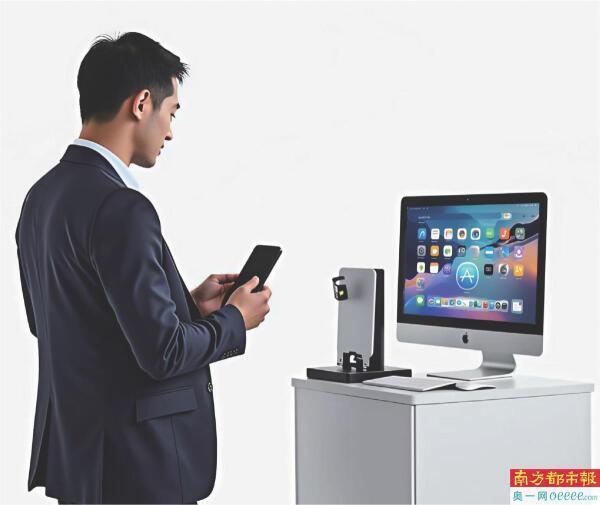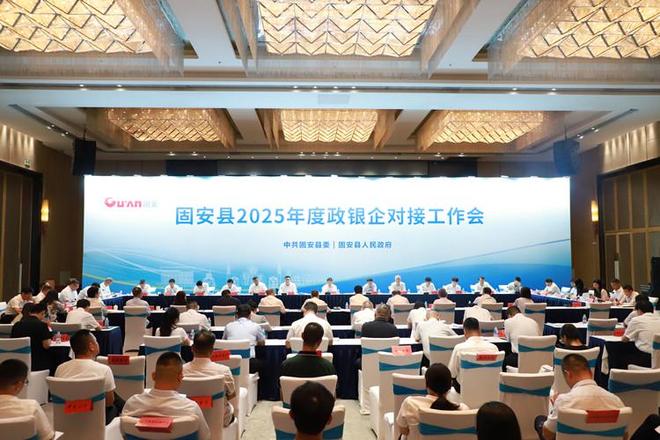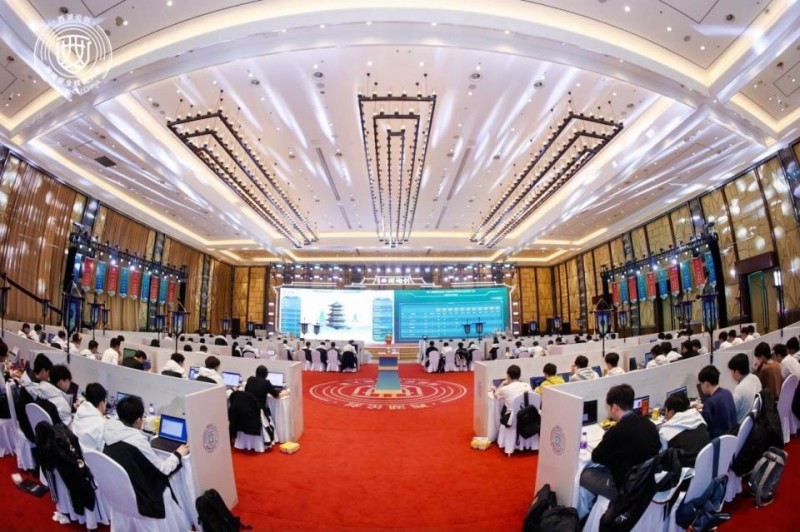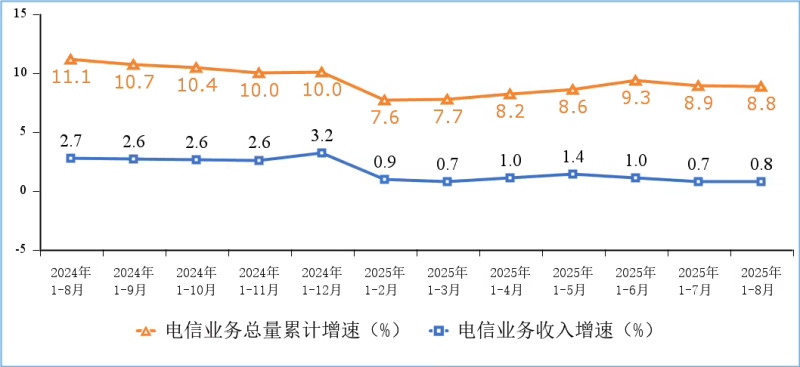編者按:在藥物研發的探索旅程中,科學家們不斷尋找突破“不可成藥”靶點的全新方式。分子膠作為一種新興的藥物治療模式,通過促使兩種蛋白特異性結合而發揮作用,為攻克眾多傳統手段難以觸及的致病蛋白提供了新的策略。然而,要真正找到能夠發揮藥效的分子膠并非易事。這一過程不僅需要對蛋白間復雜而微妙的相互作用進行精準調控,還必須借助大規模的系統性篩選手段,才能從眾多化合物中篩選出具有潛力的候選分子。為了應對這一挑戰,藥明康德依托其一體化藥物發現平臺,融合了DNA編碼化合物庫(DEL)、親和篩選質譜(ASMS)以及高通量篩選(HTS)等多項前沿技術,為全球合作伙伴提供高效、系統的解決方案,攜手加速將分子膠從科研構想到臨床現實的轉化進程。
分子膠通常為分子量低于500 Da的單價小分子,結構簡潔,具備良好的藥物開發潛力。它們能夠通過促進或穩定蛋白–蛋白相互作用,實現對傳統“不可成藥”靶點的降解,亦或是信號通路的抑制和激活,從而在癌癥、糖尿病、心血管疾病及視力障礙等領域打開治療新局面。沙利度胺(thalidomide)與來那度胺(lenalidomide)便是此類機制在臨床中的成功代表。
盡管前景廣闊,分子膠的發現仍是一項極具挑戰性的科研任務。其功能依賴于在復雜的細胞環境中誘導蛋白間精準的相互作用,而這一過程通常難以預測。即便是輕微的化學修飾,也可能顯著改變其活性。因此,若要充分釋放分子膠的治療潛力,必須依賴大規模、系統化的篩選方法與前沿研究策略。
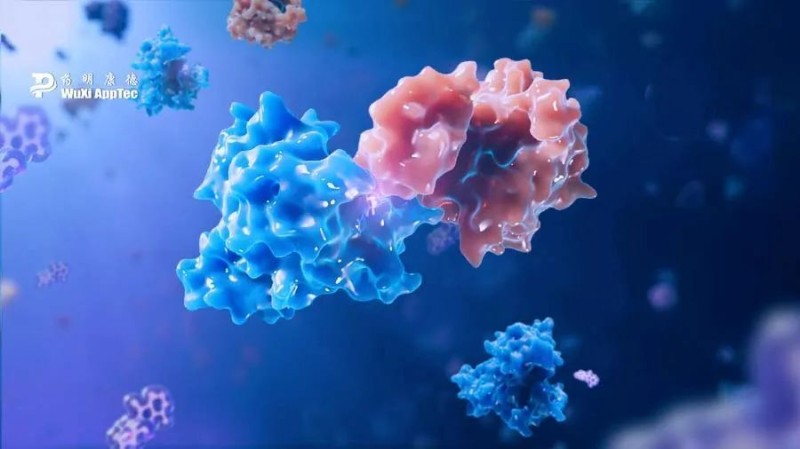
智能化化合物庫設計:雙重策略拓寬發現空間
在分子膠藥物研發的早期階段,在無偏倚藥物篩選時的低命中率始終是一項亟待突破的挑戰。為助力合作伙伴有效應對這一難題,藥明康德采取了“雙軌并進”的策略,構建起一套兼顧廣度與深度的化合物庫體系:一方面,通過多樣化的DNA編碼化合物庫(DEL)大范圍探索新靶點;另一方面,借助聚焦化合物庫精細化研究已知蛋白體系,提升發現效率。
在廣度探索方面,藥明康德構建的多樣化DEL庫現已匯集超過500億種結構各異的小分子,每一個化合物都帶有獨特的DNA條形碼,便于快速識別。這些分子骨架多基于已上市藥物或臨床候選分子,涵蓋數千種具有潛在活性的結構母體,構成了一個化學多樣性極高、設計精良的化學空間,尤其適用于靶點尚未明確、或缺乏先例的分子膠研究。
在對已知分子膠系統的深入探索中,聚焦化合物庫則充分利用現有分子膠結構知識進行靶向設計。例如,針對E3連接酶cereblon(CRBN)的免疫調節藥物(IMiDs)化合物庫便是典型案例。通過對該蛋白互作區域進行系統性化學修飾,藥明康德構建了約600萬個精煉化合物,專注于基于CRBN的分子膠發現,有效提升了命中高親和力、高特異性分子膠的概率,顯著增強了對已有構效信息靶點的篩選效率。通過這套雙重策略,藥明康德不僅拓寬了分子膠藥物的發現空間,也為合作伙伴在“未知”與“已知”之間搭建起一座通往臨床應用的高效橋梁。
篩選策略:雙路徑提升命中率
在協助客戶推進分子膠藥物篩選方面,藥明康德針對不同形式的DEL庫建立了兩套成熟的篩選流程。針對液相DEL,采用下拉實驗(pull-down assay),對比單蛋白與雙蛋白條件下的化合物富集的差異,以篩選出能促使兩種蛋白結合的潛在分子膠;而針對固相載體DEL,則結合熒光標記與細胞分選技術,通過可視化篩選找出可同時結合兩種蛋白的微珠,隨后進行DNA標簽測序,明確化合物結構。這兩種篩選路徑相輔相成、各展所長,一方面拓寬了篩選維度,另一方面也顯著提高了高親和力配體的命中率,加快了分子膠早期研發節奏。
▲藥明康德分子膠發現平臺(圖片來源:參考資料[1])
多維技術集成:突破DEL篩選邊界
在分子膠藥物的早期發現過程中,藥明康德不僅依賴DNA編碼化合物庫進行篩選,還不斷引入并整合多種先進技術,以助力合作伙伴拓展分子膠藥物的發現能力。其中,親和篩選質譜(ASMS)提供無標記篩選手段。藥明康德構建了一個涵蓋超過37萬個小分子的廣譜化合物庫,通過比較這些分子在單蛋白與雙蛋白條件下的質譜信號差異,精準識別出能夠促進蛋白–蛋白相互作用的潛在分子膠候選物,從而識別出潛在促互作的小分子。
與此同時,公司還部署高通量篩選(HTS)技術。在“一孔一化合物”的自動化運行模式下,結合蛋白結合能力或降解能力等功能性實驗,HTS能迅速鎖定具備生物活性的候選分子,大幅提升篩選效率與準確性。通過將ASMS與HTS等多維篩選工具與DEL平臺深度融合,藥明康德打破了單一篩選方式的限制,讓更多不同類型的靶點進入分子膠研究視野,進一步拓寬了分子膠在多類靶點上的研發空間。
依托一體化平臺與多維篩選技術,藥明康德已構建起覆蓋分子膠藥物發現全周期的綜合解決方案,助力合作伙伴加速從科學突破邁向臨床轉化。始終秉持“讓天下沒有難做的藥,難治的病”的愿景,這一體系不僅推動科學向臨床轉化邁進,也為更多患者帶來切實可及的新希望。
Bridging the Undruggable: Advancing Molecular Glue Discovery Through Integrated Innovation
Molecular glues represent a transformative approach in drug discovery, offering novel ways to target disease-driving proteins previously considered undruggable. These small molecules induce or stabilize protein–protein interactions (PPIs), enabling degradation or modulation of challenging targets. Yet, identifying effective molecular glues requires navigating complex biological systems and executing systematic, high-precision screening.
To meet this challenge, WuXi AppTec has built a comprehensive molecular glue discovery platform, integrating DNA-Encoded Libraries (DELs), Affinity Selection Mass Spectrometry (ASMS), and High-Throughput Screening (HTS). This toolbox empowers global partners to rapidly translate this modality into real-world therapies.
Molecular Glues: A New Frontier in Drug Discovery
Molecular glues are monovalent small molecules, typically with a molecular weight under 500 Da, and their streamlined structures make them promising drug candidates. They work by promoting or stabilizing protein–protein interactions, which can lead to the degradation of previously “undruggable” targets or modulation of disease-related signaling pathways. This unique mechanism opens the door to new therapeutic possibilities across a range of conditions, including cancer, diabetes, cardiovascular diseases, and vision disorders.?Thalidomide?and?lenalidomide?are clinical examples that illustrate the viability of this approach.
However, discovery is inherently difficult due to:
Innovative discovery methods are essential to realize the full therapeutic potential of molecular glues.
Smart Library Design: Dual Strategies for Better Hits
WuXi AppTec addresses early discovery challenges through a?dual-pronged DEL strategy:
1. Diversified DELs for Novel Targets
2. Focused Libraries for Known Systems
This dual approach maximizes hit diversity while increasing success rates for well-characterized systems.
DEL Screening: Two Validated Approaches
WuXi AppTec applies complementary screening strategies based on DEL format:
Pull-down assays compare compound enrichment in?single- vs. dual-protein?conditions to identify candidates that promote PPI formation.
Fluorescent probes and?cell-sorting technology?isolate beads binding both proteins. Sequencing then reveals the identities of dual-binders.
Together, these strategies provide orthogonal validation and accelerate lead generation.
Beyond DEL: ASMS and HTS for Expanded Discovery
WuXi AppTec extends its capabilities beyond DEL with:
Affinity Selection Mass Spectrometry?
High-Throughput Screening?
These orthogonal methods broaden hit discovery across diverse protein classes and disease contexts.
Integrated Platform for End-to-End Innovation
By uniting?cutting-edge screening technologies, tailored library design, and?deep scientific expertise, WuXi AppTec offers a fully integrated platform for molecular glue discovery. This approach supports partners across:
Aligned with the vision that “every drug can be made and every disease can be treated”, WuXi AppTec is enabling the next generation of therapeutics to reach patients faster, especially in areas where conventional drug modalities have failed.
參考資料:
[1] Molecular Glues Discovery: Challenges and Opportunities. Retrieved July 4, 2025 from https://wuxibiology.com/resource/discovery-of-molecular-glues-challenges-and-opportunities/



